
Find A Professional
More Items From Ergsy search
-

Is impetigo contagious?
Relevance: 100%
-

Can I get impetigo more than once?
Relevance: 92%
-
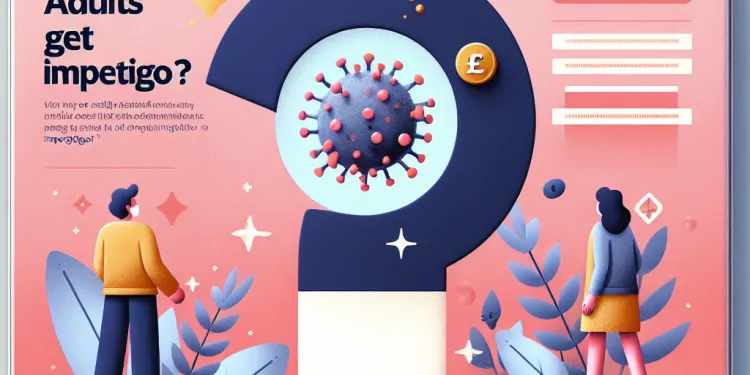
Can adults get impetigo?
Relevance: 91%
-

How can I tell if I have impetigo?
Relevance: 91%
-

Can impetigo become serious?
Relevance: 86%
-
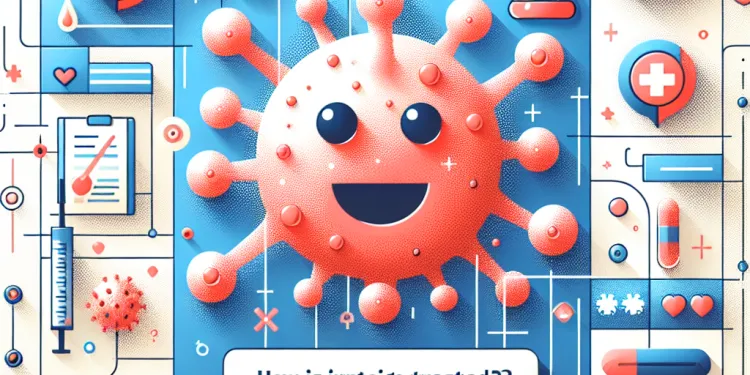
How is impetigo treated?
Relevance: 82%
-

How long does it take for impetigo to heal?
Relevance: 80%
-
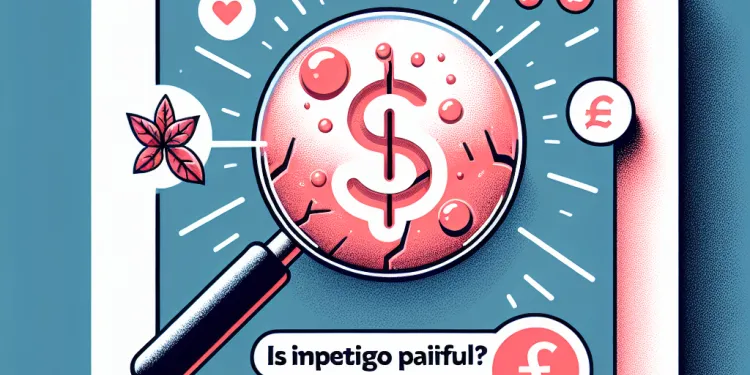
Is impetigo painful?
Relevance: 79%
-

When should I seek medical help for impetigo?
Relevance: 78%
-
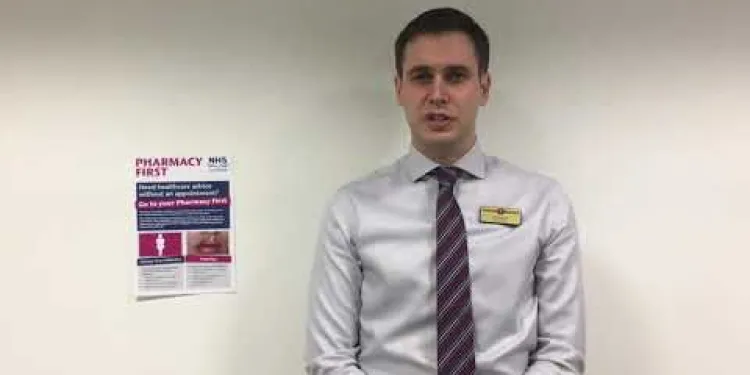
Pharmacy First – Impetigo Service
Relevance: 75%
-
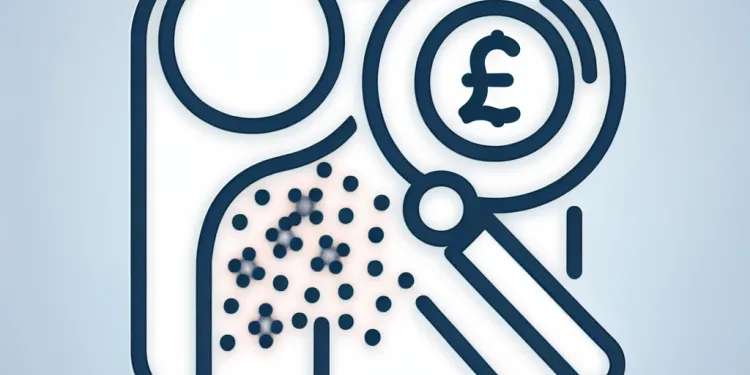
Can impetigo spread to other parts of my body?
Relevance: 74%
-

Is there a vaccine for impetigo?
Relevance: 73%
-

Are there any home remedies for impetigo?
Relevance: 71%
-
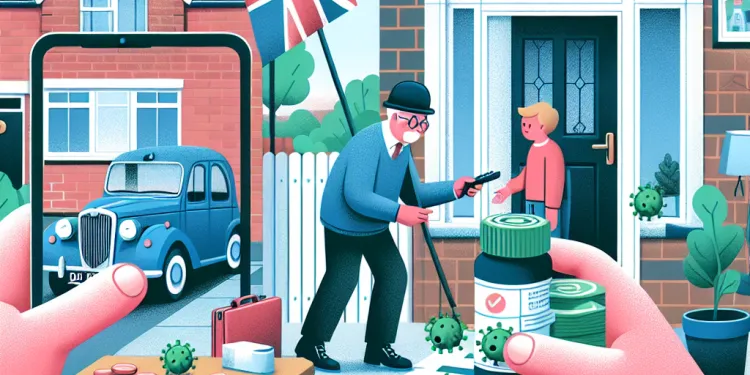
How can I prevent the spread of impetigo?
Relevance: 70%
-
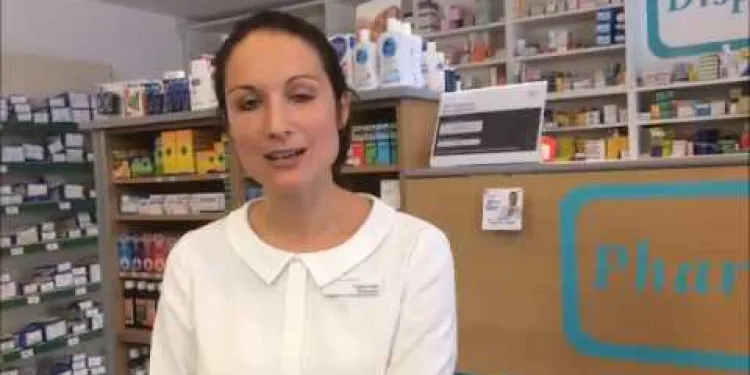
Minor ailment scheme - Impetigo
Relevance: 68%
-
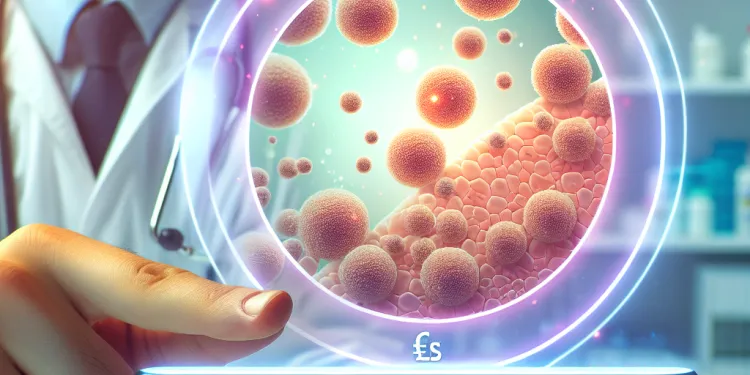
What should I do if my child has impetigo?
Relevance: 23%
-
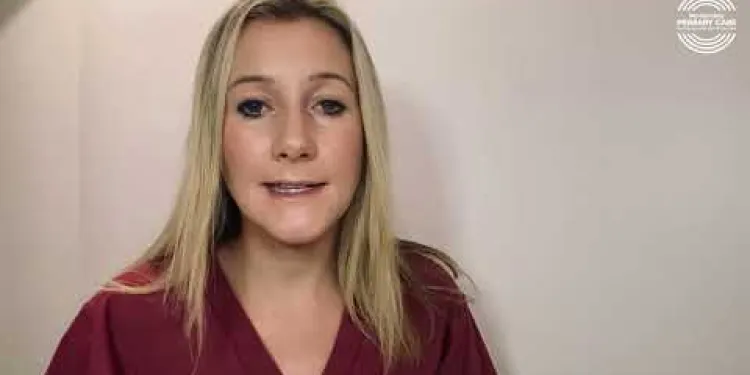
Group A strep: North East GP tells you what you need to know
Relevance: 3%
-

What are the symptoms of a cold sore?
Relevance: 1%
Understanding Impetigo
Impetigo is a common and highly contagious skin infection that mainly affects infants and children, but it can occur in adults as well. It's crucial to identify the symptoms early to seek appropriate treatment and prevent the infection from spreading. Impetigo is caused by bacteria, usually Staphylococcus aureus or Streptococcus pyogenes.
Recognising the Symptoms of Impetigo
One of the primary signs of impetigo is the appearance of red sores on the skin. These sores often occur around the nose and mouth but can also appear on other parts of the body. Initially, they might look like small blisters or pimples. Over time, these sores can rupture, ooze fluid, and develop a characteristic golden-yellow crust.
Another common sign of impetigo is itching around the affected area. This can lead to scratching, which can exacerbate the spread of the infection. In some cases, impetigo may also cause swollen lymph nodes near the area where the sores have appeared. Additionally, individuals with impetigo might experience mild discomfort or irritation in the affected areas.
Differentiating Impetigo from Other Skin Conditions
While impetigo is relatively easy to identify, it can sometimes be confused with other skin conditions such as eczema or herpes. It is essential to look for the distinct golden crusts that form over the sores, a hallmark of impetigo. Eczema, typically, does not produce crusts in the same way, and herpes lesions often have a different appearance and can be accompanied by more systemic symptoms.
If you're uncertain about the diagnosis, it's always best to consult with a healthcare professional, particularly a dermatologist, who can distinguish between these conditions and suggest appropriate treatment.
Seeking Diagnosis and Treatment
If you suspect you have impetigo, it is critical to seek medical advice. In the UK, you can start by contacting your GP, who will likely be able to diagnose the condition based on a physical examination. In some cases, a swab of the infected area may be taken to test for the presence of bacteria.
Treatment typically involves antibiotics, either in the form of a topical ointment or oral medication, depending on the severity of the infection. It's important to complete the entire course of antibiotics, even if the symptoms appear to resolve quickly. This ensures that the infection is entirely eradicated and helps prevent antibiotic resistance.
Preventing the Spread of Impetigo
To prevent spreading impetigo to others or to different parts of your body, maintain good hygiene practices. Wash your hands frequently with soap and water, and avoid sharing personal items like towels or bedding. It's also advisable to keep the affected areas covered with gauze or bandages until they heal to reduce the risk of transmission to others.
If you have children, encourage them not to scratch the sores to avoid worsening the condition. In schools or daycare settings, notify the staff if your child has impetigo to manage the risk of spreading the infection to other children.
Understanding Impetigo
Impetigo is a skin infection. It spreads easily and mostly affects babies and young kids. But adults can get it too. It's important to know the signs so you can get help and stop it from spreading. Impetigo is caused by bacteria. The types of bacteria are called Staphylococcus aureus and Streptococcus pyogenes.
Recognising the Symptoms of Impetigo
The main sign of impetigo is red sores on the skin. These often show up around the nose and mouth. But they can be on other parts of the body too. At first, they might look like little blisters or pimples. After a while, the sores can break open, leak fluid, and then form a yellow crust.
Impetigo can also make the skin itchy. If you scratch it, it might spread more. Sometimes, the lymph nodes nearby can swell up. You might also feel a little discomfort or irritation where the sores are.
Differentiating Impetigo from Other Skin Conditions
Impetigo is usually easy to spot. But, sometimes it can look like other skin problems like eczema or herpes. Look for the yellow crust over the sores. This is a clear sign of impetigo. Eczema usually doesn’t make crusts, and herpes looks different and might make you feel sick in other ways.
If you're not sure, you should see a doctor. A skin doctor, called a dermatologist, can tell the difference and suggest the right treatment.
Seeking Diagnosis and Treatment
If you think you have impetigo, it’s important to see a doctor. In the UK, you can start by calling your GP. The doctor can usually tell if it’s impetigo by looking at the skin. Sometimes, they might take a sample of the sore to check for bacteria.
Treatment often includes antibiotics. These can be a cream you put on your skin or medicine you swallow, depending on how bad the infection is. It’s important to take all the medicine the doctor gives you, even if you feel better quickly. This makes sure the infection is gone and helps stop antibiotic resistance.
Preventing the Spread of Impetigo
To stop impetigo from spreading to others, keep clean. Wash your hands often with soap and water. Don’t share things like towels or beds with others. Cover the sores with a bandage to keep them from spreading.
If your child has impetigo, tell them not to scratch the sores. This helps stop the infection from getting worse. In schools or daycares, tell the staff if your child has impetigo. This helps prevent it from spreading to other kids.
Frequently Asked Questions
What is impetigo?
Impetigo is a common and highly contagious skin infection that mainly affects infants and young children, characterized by red sores on the face, especially around the nose and mouth, and on hands and feet.
What are the main symptoms of impetigo?
The main symptoms of impetigo include red sores or blisters that burst and develop honey-colored crusts, itching, and, in some cases, swollen lymph nodes.
How do the sores of impetigo look like?
The sores usually begin as red spots or blisters, which soon rupture, becoming wet and oozing before developing a yellow or honey-colored crust.
Can adults get impetigo?
Yes, while impetigo is more common in children, adults can also contract the infection, especially if they are in contact with someone who has the infection.
Is impetigo painful?
Impetigo is not usually painful, but it can be itchy. In some cases, the area may be tender if you scratch it.
How does impetigo spread?
Impetigo spreads through direct contact with the sores or nasal discharge of an infected person or by touching items like towels, clothing, or toys that have been used by someone with the infection.
What should I do if I suspect I have impetigo?
If you suspect you have impetigo, you should see a healthcare provider for an accurate diagnosis and appropriate treatment, which often includes antibiotics.
How is impetigo diagnosed?
A doctor can typically diagnose impetigo by examining the sores and may take a sample of the fluid from a sore to confirm the diagnosis.
What is the treatment for impetigo?
Impetigo is usually treated with antibiotics, either as a topical ointment or oral medication, to clear the infection and prevent its spread.
Can I treat impetigo at home?
Impetigo can often be managed at home with hygiene measures, like gently washing the sores and applying prescribed topical antibiotics. However, it's important to follow medical advice to prevent complications.
Is impetigo a serious infection?
Impetigo is generally not serious and can be effectively treated with antibiotics, but it is important to address it promptly to prevent spreading and complications.
When should I see a doctor for impetigo?
You should see a doctor if you suspect you have impetigo, especially if red sores do not improve with home care or you have additional symptoms such as fever.
Is impetigo contagious after starting treatment?
Impetigo becomes less contagious within 24 to 48 hours after starting antibiotic treatment, but it's important to complete the full course of medication.
Can impetigo lead to complications?
If left untreated, impetigo can lead to complications such as deeper skin infections, but these are rare. Prompt treatment typically prevents complications.
How long does it take to recover from impetigo?
With treatment, impetigo typically clears up within 7 to 10 days, though full healing may take longer for some sores.
Can impetigo return after treatment?
Yes, impetigo can recur if you are re-exposed to the bacteria that cause it or if it is not completely treated. Proper hygiene can help prevent recurrence.
How can I prevent impetigo from spreading?
To prevent impetigo from spreading, maintain good hygiene, wash hands frequently, avoid sharing personal items, and cover sores with bandages.
Are there different types of impetigo?
Yes, there are two main types of impetigo: non-bullous (more common) with crusty sores, and bullous, which causes larger blisters.
How can impetigo be distinguished from other skin conditions?
Impetigo is usually distinguished by its distinctive yellow or honey-colored crusts that follow the rupture of blisters or sores, but a healthcare provider should confirm the diagnosis.
Is there a way to prevent getting impetigo?
While there is no vaccine for impetigo, you can reduce the risk by maintaining good hygiene, treating cuts and abrasions promptly, and avoiding close contact with infected individuals.
What is impetigo?
Impetigo is a skin infection. It causes red sores.
This infection is common in children.
If you have questions, talk to a doctor.
You can write down your questions to remember them easily.
Impetigo is a skin infection. It spreads easily and usually affects babies and young kids. It causes red spots on the skin, especially on the face, near the nose and mouth, and on the hands and feet.
What are the main signs of impetigo?
Impetigo is a skin infection. Here are the main signs:
- Red sores: These can show up around the nose or mouth.
- Blisters: These might break open and ooze, and then form a yellow-brown crust.
- Itchy skin: Your skin might feel itchy.
- Sores that spread: The sores can spread to other parts of the body.
If you see these signs, it might help to:
- Ask a doctor for help.
- Use reminders to take any medicine they give you.
- Wash the skin gently.
Impetigo is a skin problem. Look out for red spots or blisters. These can pop and make a yellow-brown crust. It might itch a lot. Sometimes, the glands in your neck or under your arms can get bigger. If you find reading hard, ask someone to help you understand. You could also use pictures to help explain things more clearly.
What do impetigo sores look like?
The sores start as red spots or blisters. They break open and become wet and sticky. Then, they get a yellow or honey-colored crust on top.
Here are some tips to help understand this:
- Use a dictionary to look up words you don't know.
- Ask someone to explain things to you if you need help.
- You can look at pictures of sores online to see what they look like.
Can grown-ups get impetigo?
Yes, grown-ups can get impetigo. It is a skin infection. It makes the skin red and itchy.
If you think you have impetigo, see a doctor. They can help you get better.
To stay clear, wash your hands often. Do not share towels or clothes with other people.
A picture book or app about skin health might help you learn more.
Yes, adults can get impetigo too. It is seen more in children, but adults can catch it if they are near someone who has it.
Does impetigo hurt?
Impetigo is a skin infection. It can make your skin feel sore and itchy. If you think you have impetigo, tell an adult or see a doctor.
Tips:
- You can use pictures to help understand what impetigo looks like.
- Ask someone to read this with you if you need help.
Impetigo does not hurt, but it can be itchy. If you scratch it, the skin might feel sore.
How does impetigo spread?
Impetigo is an illness that makes the skin sore. It can spread from one person to another.
Here is how it can spread:
- Touching a sore on someone who has impetigo.
- Using the same towel, bedding, or clothes as someone with impetigo.
- Touching things like toys or door handles that someone with impetigo touched.
To stop spreading impetigo, wash hands often with soap and water. Keep sores clean and covered. Use your own towel and wash it often.
Impetigo is a skin infection. It can spread when you touch the sores or the snot of someone who has it. It can also spread if you touch things like towels, clothes, or toys that the sick person has used.
What to Do If You Think You Have Impetigo
If you think you have impetigo, follow these steps:
- Tell an adult you trust, like a parent or teacher.
- Go to see a doctor or nurse. They can help you.
- Don't touch or scratch the sores. This will help you get better faster.
- Wash your hands often with soap and water.
If you need help reading or remembering this, ask an adult to help you.
If you think you have impetigo, you should go to a doctor. The doctor can tell you for sure if you have it and give you the right medicine, like antibiotics, to help you get better.
How do doctors know if someone has impetigo?
A doctor can usually tell if someone has impetigo by looking at the sores. The doctor might also take a tiny bit of the liquid from a sore to make sure it is impetigo.
How do you treat impetigo?
Impetigo is a skin infection. Here is how you can treat it:
- See a doctor: They can give you medicine.
- Use cream: Put on medicine cream that the doctor gives you.
- Keep clean: Wash the skin gently with soap and water.
- Don’t touch: Try not to touch or scratch the spots.
Tools that can help:
- Picture cards: Use pictures to show what to do.
- Timers: Set a timer to remember when to use the cream.
Doctors use medicine to help with impetigo. This medicine is called antibiotics. Sometimes, you put it on your skin like cream. Other times, you swallow it like a pill. This helps stop impetigo and keeps it from spreading.
Can I take care of impetigo at home?
You can often take care of impetigo at home. Keep the sores clean by washing them gently. You can also put special medicine on the sores. It is important to listen to the doctor's advice so it does not get worse.
Is impetigo a serious infection?
Impetigo is a skin infection. It makes red sores on your skin. These sores can be itchy and form a crust.
Impetigo is not usually serious. It is common in young children.
Doctors can give medicine to help it get better. You can also keep skin clean and wash hands often.
If you think you have impetigo, talk to a doctor or a nurse. They will help you feel better.
Impetigo is a skin infection. It is not very serious and can be cured with medicine called antibiotics. It is important to see a doctor quickly. This will help stop the infection from spreading and getting worse.
When should I see a doctor for impetigo?
If you have sores or a rash on your skin that does not get better, you should see a doctor.
If the sores hurt or have yellow crusts, it's good to ask a doctor for help.
Here are some tools you can use to help:
- Ask a family member or friend to help you read or remember the information.
- Use pictures or drawings to help you understand.
- Write down any questions you have so you can ask the doctor.
Go to the doctor if you think you have impetigo. This is very important if the red sores do not get better with washing and cream, or if you feel hot and have a fever.
Can you catch impetigo after you begin treatment?
Once you start medicine for impetigo, it is less likely to spread to others after 1 to 2 days. But, make sure to take all the medicine the doctor gives you.
Can impetigo cause more problems?
If you do not treat impetigo, it can cause more serious skin problems. But this doesn't happen often. Treating it quickly usually stops these problems from happening.
How long does it take to get better from impetigo?
With medicine, impetigo usually gets better in 7 to 10 days. Some sores might take a bit longer to heal completely.
Can impetigo come back after being treated?
Yes, impetigo can come back.
Here are some things you can do to help:
- Wash your hands often.
- Keep cuts and scrapes clean.
- Don't share towels or clothes.
Yes, you can get impetigo again if you come into contact with the germs that cause it or if you don't finish all your medicine. Keeping clean can help stop it from coming back.
How can I stop impetigo from spreading?
Impetigo is a skin infection. It can spread to other people.
Here are some tips to stop it from spreading:
- Wash your hands often with soap and water.
- Keep cuts and broken skin clean.
- Cover sores with a bandage.
- Do not share towels, clothes, or toys.
- Clip your nails short to stop scratching.
If you need help, ask an adult or a doctor.
To stop impetigo from spreading, keep clean, wash your hands a lot, don't share personal things, and cover sores with a bandage.
Are there different kinds of impetigo?
Yes, there are two main types of impetigo:
- Non-bullous. This type is more common. It has crusty sores.
- Bullous. This type has bigger blisters.
Here are some helpful tools:
- Ask someone to read with you.
- Use a dictionary for hard words.
- Look at pictures to understand better.
How do you know if a skin problem is impetigo?
Impetigo is a skin problem. It makes yellow or honey-colored crusts when blisters or sores pop open. A doctor should check to make sure it is impetigo.
Can we stop impetigo from happening?
Here are some tips to help:
- Wash hands often with soap and water.
- Keep cuts and scrapes clean and covered.
- Try not to touch sores or blister.
- Don't share towels, clothes, or toys.
- Use tissues or your elbow to cover coughs and sneezes.
If you have questions, talk to a doctor.
There is no shot to stop impetigo. But you can stay safe by keeping clean, treating cuts and scrapes right away, and staying away from people who have it.
Useful Links
- Ergsy carfully checks the information in the videos we provide here.
- Videos shown by Youtube after a video has completed, have NOT been reviewed by ERGSY.
- To view, click the arrow in centre of video.
- Most of the videos you find here will have subtitles and/or closed captions available.
- You may need to turn these on, and choose your preferred language.
- Go to the video you'd like to watch.
- If closed captions (CC) are available, settings will be visible on the bottom right of the video player.
- To turn on Captions, click settings .
- To turn off Captions, click settings again.
More Items From Ergsy search
-

Is impetigo contagious?
Relevance: 100%
-

Can I get impetigo more than once?
Relevance: 92%
-

Can adults get impetigo?
Relevance: 91%
-

How can I tell if I have impetigo?
Relevance: 91%
-

Can impetigo become serious?
Relevance: 86%
-

How is impetigo treated?
Relevance: 82%
-

How long does it take for impetigo to heal?
Relevance: 80%
-

Is impetigo painful?
Relevance: 79%
-

When should I seek medical help for impetigo?
Relevance: 78%
-

Pharmacy First – Impetigo Service
Relevance: 75%
-

Can impetigo spread to other parts of my body?
Relevance: 74%
-

Is there a vaccine for impetigo?
Relevance: 73%
-

Are there any home remedies for impetigo?
Relevance: 71%
-

How can I prevent the spread of impetigo?
Relevance: 70%
-

Minor ailment scheme - Impetigo
Relevance: 68%
-

What should I do if my child has impetigo?
Relevance: 23%
-

Group A strep: North East GP tells you what you need to know
Relevance: 3%
-

What are the symptoms of a cold sore?
Relevance: 1%